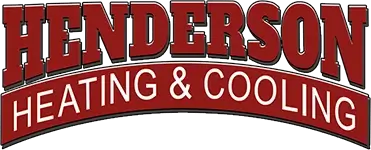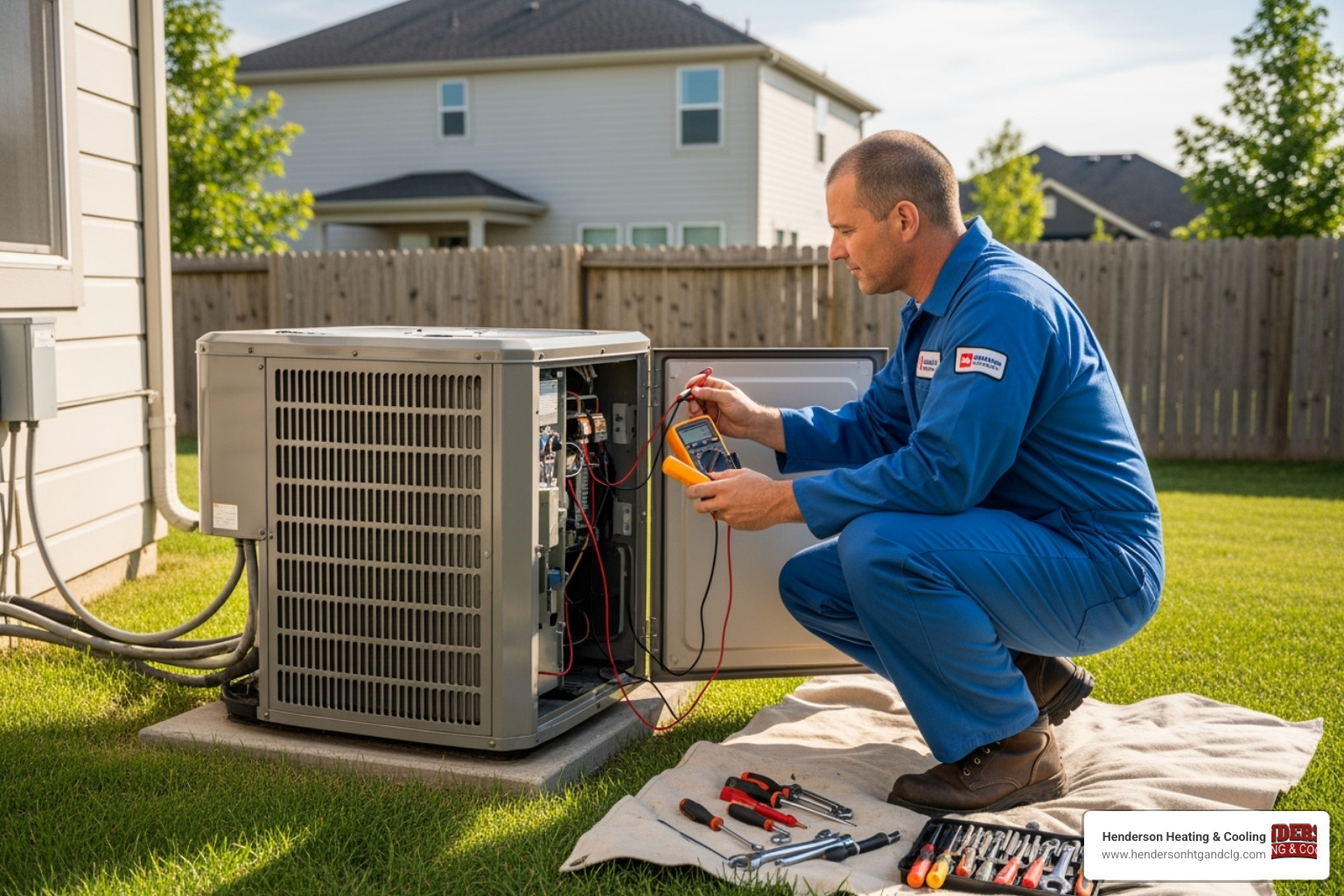If your furnace’s pilot light won’t stay lit, your home in Camdenton can get uncomfortable fast. When temperatures start to drop in the early weeks of September, that’s the last thing you need. Your furnace depends on a working pilot light to heat your home, so when it keeps going out, it’s more than a small annoyance. It usually points to a problem that can grow worse if it’s not handled quickly.
Several parts of the furnace work together to keep the pilot light on. Sometimes it’s a safety control issue, other times it’s blocked airflow or a faulty part. When the pilot light goes out over and over, it stops the furnace from running at all, leaving your home cold when it should be warm. Knowing where the problem lies and understanding the signs can help you take the right steps before the issue causes more damage or higher utility bills.
Common Reasons the Pilot Light Won’t Stay Lit
There are a few places to look when dealing with a furnace that struggles to keep the pilot light on. These problems are usually not obvious unless you know how the system works, but they often come down to poor airflow, broken safety parts, or dirt buildup.
Here are some of the most common causes:
1. Thermocouple Issues
The thermocouple is a small safety device that senses whether the pilot flame is present. If the flame goes out, the thermocouple shuts off the gas to avoid leaks.
Over time, the thermocouple can:
– Shift out of position, preventing it from detecting the flame
– Become dirty, making it less responsive
– Wear out from age or heat damage
If your pilot light flickers and then dies shortly after lighting, there’s a good chance the thermocouple is to blame.
2. Clogged Pilot Orifice
Dust and dirt can collect inside the pilot orifice, the tiny opening where the pilot light’s flame comes from. If it gets blocked, gas won’t flow properly, and the flame might be too weak to stay lit.
Symptoms of a clogged orifice include:
– A small, flickering yellow flame instead of a steady blue one
– Difficulty getting the flame to ignite or remain on
Even homes that are cleaned often can have tiny debris around the furnace, especially if the system hasn’t been serviced in a while.
3. Drafts or Poor Airflow
Pilot flames are very small, so they’re easy to blow out. Drafts in the room, broken vent panels, or open areas near the furnace can all lead to airflow issues that affect the flame. If you notice the pilot light goes out during windy weather or when a door closes nearby, airflow could be a factor.
To help manage this:
– Check that the furnace door is secure
– Make sure surrounding windows and vents are sealed properly
– Avoid placing fans or large vents near the furnace
Basic steps like sealing the area can sometimes reduce how often the flame goes out due to air movement.
4. Gas Supply Issues
When gas doesn’t flow steadily to the pilot light, the flame can go out without warning. A faulty valve or a problem further down the gas line might cause low pressure. Sometimes, homeowners mistake this for an issue with the flame itself, when the pilot is just not getting enough fuel to begin with.
You might notice:
– The pilot light continues to go out even after being relit multiple times
– There’s a delay or hissing sound when trying to start the pilot
– Other gas-fueled appliances aren’t working properly
Since gas supply issues could be a safety concern, it’s best to have a professional investigate as soon as you notice signs like these. Waiting can cause damage to other furnace components or lead to access problems as colder weather gets closer.
Diagnosing the Issue Before Calling for Furnace Repair in Camdenton
Figuring out why your furnace pilot light keeps going out isn’t always straightforward, but there are a few steps you can take to spot obvious problems. Start with a visual check around your furnace. Look for signs like soot buildup near the burner or corrosion around the gas valve. A warped thermocouple or a loose pilot tube can signal that something’s out of place or worn down.
Sound is another clue. Clicking, popping, or hissing coming from the furnace when the pilot light goes out can point to poor ignition or inconsistent gas flow. A steady, quiet burn is normal. Anything outside of that could suggest a malfunction inside the burner assembly or deeper into the gas line. If your system restarts often or never seems to fully heat your home before the flame dies out again, you’re likely dealing with an issue that needs help from our professionals.
Don’t forget to check your carbon monoxide detector. Though it’s not directly linked to the pilot light, a failing pilot can sometimes be a sign that your system isn’t venting properly, especially if it’s also emitting soot or you smell gas. If your detector goes off, you should leave the area and contact emergency services before scheduling service. Safety should come first, even if the pilot light is a minor issue on its own.
Preventative Furnace Care to Avoid Repeat Pilot Light Problems
A full system breakdown because of a pilot light failure can usually be avoided with a few basic habits. Being proactive with repairs and maintenance helps keep your furnace working consistently through the colder days in Camdenton. When ignored, small pilot light troubles can turn into much bigger issues.
To keep your furnace in good shape and reduce your risk of pilot light issues, here are three simple strategies:
– Book Regular Maintenance
Your furnace should be inspected at least once a year before the cold season begins. Our technicians check key parts like the pilot assembly, thermocouple, burners, and controls. They clean and tighten connections, check for gas leaks, and make sure airflow is balanced. A clean and properly adjusted system tends to run longer and smoother.
– Seal Up Drafts Near the Furnace
If your furnace sits near a garage, attic door, or basement wall, nearby drafts can disturb the pilot light. Closing up these leaks with weather-stripping or sealant helps create a steady environment around the furnace. You can run your hand around doors, windows, and vents to feel for air leaks, especially on windy days.
– Replace Outdated Parts
Even if your furnace is still running, that doesn’t mean all its parts are working like they should. The thermocouple, particularly, is one of the more common components to wear down over time. If your system is ten years or older or hasn’t had a part replacement in a while, worn components could cause the pilot to shut off early or fail to ignite properly. Swapping them before they fully quit helps prevent mid-season outages.
Keep Comfort High as Camdenton Temperatures Fall
As the calendar turns to September, cooler weather may not be far behind in Camdenton. If your furnace isn’t ready, cold nights can sneak up before you have the chance to catch and fix small issues like a weak or unstable pilot light. Whether the problem is airflow, gas pressure, or an old sensor, the result is the same—no heat when you need it.
By taking small steps now and paying attention to the warning signs, you can prevent bigger problems and extend the life of your furnace. There may not be a perfect time for heating trouble, but early fall is a smart time to stay ahead of it. If you’ve already noticed your pilot light acting up, getting help before colder weather settles in can make a big difference in keeping your home comfortable all season long.
If you notice any further issues with your furnace pilot light as the colder weather sets in, consider scheduling furnace repair in Camdenton with Henderson Heating & Cooling to help keep your home warm and efficient. For a quick estimate or to book a service visit, please contact us today.






